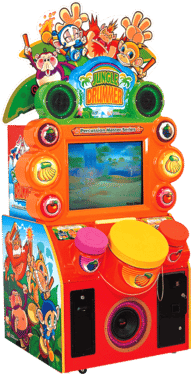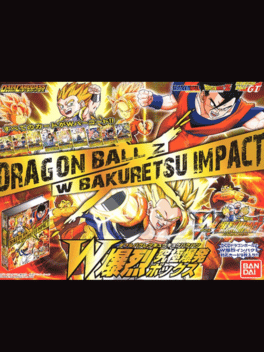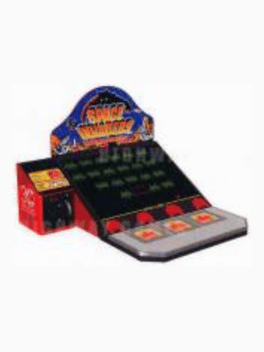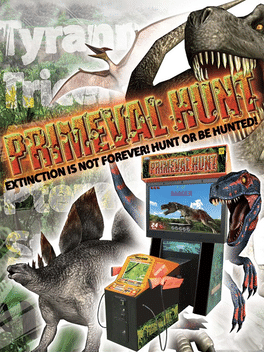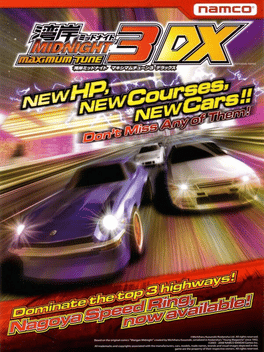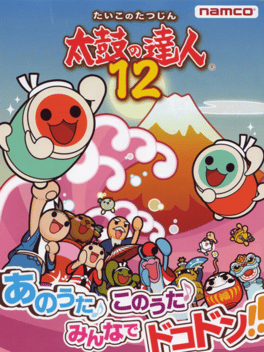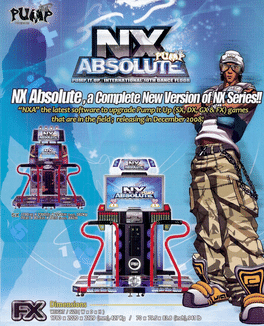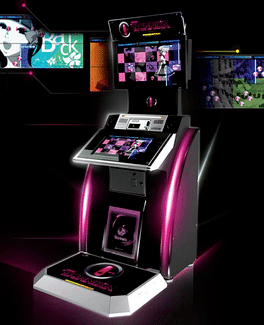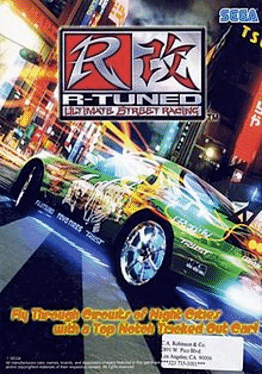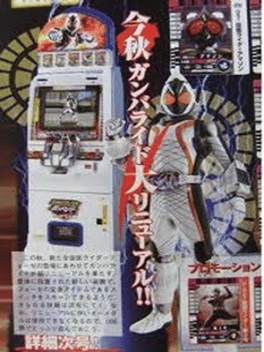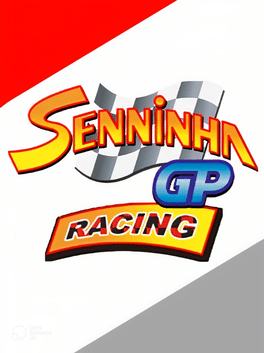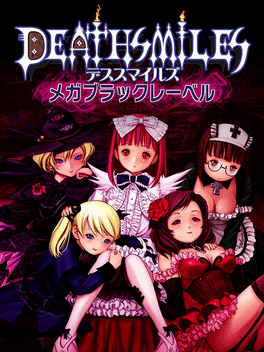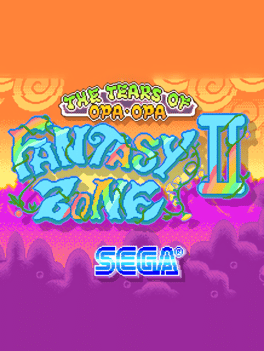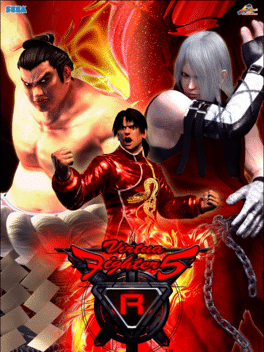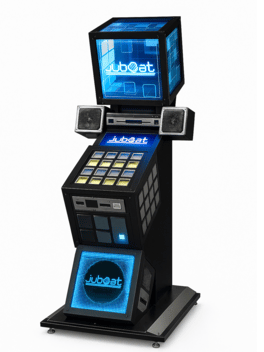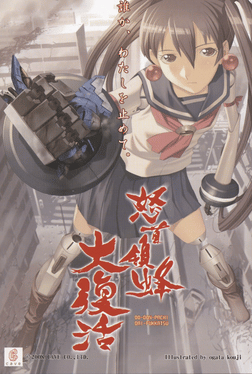New Arcade Games - Page 29
-
Jungle Drummer
2008
Jungle Drummer
2008
Jungle Drummer is an arcade rhythm-game by International Games System CO., LTD. and Universal Space. -
Dragon Ball Z: W Bakuretsu Impact
2008
Data Carddass Dragon Ball Z W Bakuretsu Impact was released only in Japan in 2008 as the fourth DCDBZ game, in arcade. It is based on Dragon Ball Z. -
Primeval Hunt
2008
Primeval Hunt
2008
Primeval Hunt is a shooting arcade game which is developed and published by Sega and runs on their Sega Lindbergh hardware. It comes in both standard and deluxe models, with the deluxe version featuring a 62" HD Screen. Released for arcades in early 2008, players in the game must hunt 10 species of dinosaur over 12 levels and 3 Bonus stages using light guns styled after pump action shotguns with speakers mounted for the first time in the 'butt' of each gun. The game also utilizes a unique touch screen interface to give a free-roaming element to the gameplay. It is similar to the Big Buck Hunter arcade games. -
Wangan Midnight Maximum Tune 3DX
2008
Wangan Midnight Maximum Tune 3DX is the first major update to Wangan Midnight Maximum Tune 3. Based on the Wangan Midnight manga, this game marks the fourth installment in the Wangan Midnight Maximum Tune series and the sixth entry in the overall Wangan Midnight arcade series, which also includes Wangan Midnight R and the 2001 Wangan Midnight video game. -
Taiko no Tatsujin 12
2008
Taiko no Tatsujin 12
2008
The 12th Taiko arcade machine, released in December 2008. Taiko 12 marked a plateau as far as development of the series was concerned- the game mechanics and graphics have been perfected over so many different versions. No major fixes or upgrades were made on this version, except for one small thing- instead of 'Taiko no Tatsujin Twelve' being announced on the title screen, it was replaced with the Japanese equivalent 'Jyuu-ni' (which also means twelve). -
Pump It Up NX Absolute
2008
Pump It Up NX Absolute is the final of the NX series by Nexcade and Andamiro. Featuring a revised WorldMAX with new songs but a few songs removed, it was released in 2008. -
DJMax Technika
2008
DJMax Technika
2008
Pentavision's first arcade music game features Ouendan-style gameplay using a touchscreen HDTV. It was first released in South Korea in 2008, followed by a worldwide release the following year. -
Suggoi! Arcana Heart 2
2008
On October 30th, 2008, this major update had been released to further balance the game and fix some bugs. It also came with some design changed, like new character illustrations, an additional stage, the playable debut of Akane and Nazuna Inuwaka alongside their respective Arcana, new color palettes, and a training mode. -
R-Tuned : Ultimate Street Racing
2008
R-Tuned: Ultimate Street Racing is an arcade racing game released by Sega on 23 October 2008 in Asia and North America, and on 17 April 2009 in Europe. The game focuses on the import scene and illegal street racing. The game runs on the Sega Lindbergh platform, and uses Virtua Fighter 5's character model engine. -
Kamen Rider Battle: Ganbaride
2008
Kamen Rider Battle: Ganbaride is a combination of an arcade game and a collectible item game featuring the protagonists of the Kamen Rider Series. The game is being released as part of the 10th anniversary of the Heisei run Kamen Rider Series by Toei, TV Asahi & Ishimori Productions and features heavy tie-ins with the television series Kamen Rider Decade, whose protagonists use cards similar to those used in the game. It is played in a similar fashion to Sega's Mushiking and Dinosaur King games, and uses special Data Cardass cards released by Bandai. -
Senninha GP Racing
2008
Senninha GP Racing
2008
Senninha GP is a brazilian arcade racing game, where you play with the characters from Senninha's Gang, racing in many famous tracks -
Deathsmiles Mega Black Label
2008
Deathsmiles Mega Black Label is a heavily altered version of Deathsmiles. -
Rambo
2008
-
Fantasy Zone II: The Tears of Opa-Opa
2008
Fantasy Zone II DX: The Tears of Opa-Opa is a special Fantasy Zone game first seen in the Sega Ages 2500 series entry, Sega Ages 2500 Series Vol. 33: Fantasy Zone Complete Collection. It is a remake of Fantasy Zone II: The Tears of Opa-Opa running on emulated Sega System 16 arcade hardware. As of MAME version 0.146u2, the game is currently available to play in an emulator. Fantasy Zone II DX was re-released with additional features in 2014 in Japan and 2015 worldwide as 3D Fantasy Zone II W on the Nintendo 3DS. -
Virtua Fighter 5 R
2008
Virtua Fighter 5 R
2008
Virtua Fighter 5 R was an update to Virtua Fighter 5, released on July 24th 2008 to Japanese arcades. This revision featured brand new stages and a new character named Jean Kujo, who practices Karate. Also included was the return of the sumo wrestler Taka-Arashi from Virtua Fighter 3, which brought the fighter count up to twenty (counting Dural). A "Version A" update was released on December 16th, 2008. The version added various improvements to the game, as well support for the "Bingo Festival - Bingo Days!" event for the month of December 2008. Version B of Virtua Fighter 5 R was officially released in the Japanese arcades on May 21, 2009. This version featured changes in the animations of moves on all the characters, as well as changes to enhance the gameplay modes, and an improved camera system. Version C was released on November 25, 2009. However, this particular version mainly added new team items for the character's outfits. -
Jubeat
2008
-
Sega Rally 3
2008
Sega Rally 3
2008
Sega Rally 3 for the arcade is one of the finest and most fun arcade racers out there. Features include 6 player multiplayer races , a championship mode and a remake of the classic Desert '95 track.
